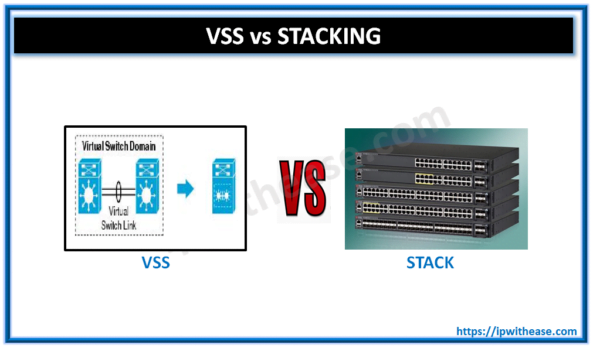Table of Contents:
In our increasingly connected world, the efficiency of data networks is paramount for businesses striving for success. The digital transformation across industries has underscored the critical role of robust network infrastructure in facilitating seamless communication, supporting operations, and enhancing customer experiences. Optimizing data network performance, therefore, is not just about maintaining connectivity; it’s about ensuring the reliability and efficiency of business processes. Here, we delve deeper into strategies for network optimization to uphold superior communication standards.
The Criticality of Data Network Performance
The ripple effects of data network performance on an organization’s success cannot be overstated. High-performance networks underpin every facet of digital business operations — from cloud computing and online transactions to data storage and virtual meetings. They enable swift communication across global teams, ensure applications run smoothly, and allow for the real-time data analytics that inform strategic decisions. On the flip side, network issues can disrupt these operations, leading to operational inefficiencies, frustrated employees, lost productivity, and potentially dissatisfied customers. The stakes are high, making optimal network performance a strategic imperative and fiber optic cabling services a necessary call.

Key Strategies for Optimizing Data Network Performance
Comprehensive Network Assessment
A deep dive into the network’s existing infrastructure is essential for identifying inefficiencies and planning for improvements. This assessment should cover not only physical components like routers and switches but also software solutions, bandwidth usage, and network protocols. Understanding the current network setup and how it supports or hinders business operations is crucial. This step often involves network mapping, performance benchmarking, and identifying redundancies that may be causing inefficiencies. A thorough network assessment lays the groundwork for targeted, effective optimization efforts.
Bandwidth Management
With the increasing demand for data-intensive applications, effective bandwidth management has become critical. Organizations need to ensure that bandwidth is allocated efficiently to meet the needs of critical applications while minimizing waste. Techniques such as traffic shaping, which controls data flow for specific applications, and load balancing, which distributes network traffic across several servers, can significantly improve bandwidth efficiency. This strategic allocation prevents network congestion, ensures high-priority tasks have the necessary resources, and maintains a smooth operation of services.
Implementing Quality of Service (QoS) Policies
Quality of Service (QoS) is a set of technologies and policies designed to guarantee high-quality performance for critical applications and services. By setting QoS policies, network administrators can prioritize network traffic, ensuring that essential services like voice over IP (VoIP) and video conferencing are not compromised by less critical data transfers. This prioritization is crucial for maintaining operational efficiency and enhancing the user experience, particularly in environments where network resources are heavily shared.
Regularly Updating and Upgrading Network Infrastructure
Keeping network infrastructure up-to-date is vital for maintaining performance and security. Regular updates and upgrades can introduce new features, enhance efficiency, and patch vulnerabilities. This proactive approach to network maintenance can prevent performance bottlenecks and security breaches. Additionally, embracing newer technologies such as software-defined networking (SDN) can provide unprecedented control over network traffic, allowing for dynamic, efficient, and secure data flow management across the entire network.
Network Security Measures
The interdependence of network performance and security is undeniable. A secure network ensures data integrity and availability, directly impacting performance. Incorporating comprehensive security measures, such as advanced encryption, firewalls, and regular vulnerability assessments, is essential for protecting against malicious attacks that can degrade network performance. Effective security practices not only safeguard sensitive information but also ensure that the network remains a reliable foundation for business operations.
Monitoring and Analytics
Ongoing monitoring is key to understanding and improving network performance. Using sophisticated network monitoring tools and analytics software, IT teams can gain real-time insights into network health, identify trends, and anticipate potential issues before they impact performance. This continuous oversight enables swift responses to emerging problems, helping maintain optimal network conditions and prevent downtime.
Training and Awareness
Human factors play a significant role in network performance. Educating employees about the impact of their network usage on business operations can lead to more responsible behavior, such as avoiding unnecessary high-bandwidth activities during peak times. Training on cybersecurity best practices can also reduce the risk of behaviors that might compromise network security and performance. A well-informed workforce is a critical asset in maintaining and optimizing network performance.
Conclusion
Optimizing data network performance is a multifaceted endeavor that requires strategic planning, continuous monitoring, and a commitment to best practices in network management and security. By understanding the complexities of network infrastructure and implementing these comprehensive strategies, businesses can ensure their networks are robust, secure, and capable of supporting their operations now and in the future. In the era of digital transformation, a high-performing data network is not just an IT concern; it’s a business imperative for ensuring reliable communication and driving organizational success.
ABOUT THE AUTHOR
IPwithease is aimed at sharing knowledge across varied domains like Network, Security, Virtualization, Software, Wireless, etc.



